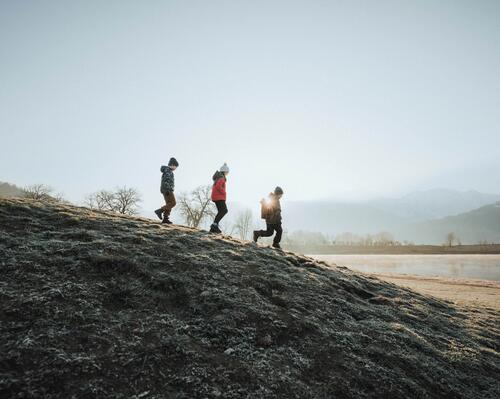Did you know ...?
When it is cold, the body gives priority to protecting vital organs such as the heart or the brain. The blood is therefore directed to these parts to the detriment of all the others. That means, other parts, such as feet or hands receive less blood. All the more so since the body, to keep its heat, constricts the arteries closest to the skin (this is called vasoconstriction): the blood has less contact with the outside and more easily maintains its temperature.
It is therefore important to protect your hands and feet when it is cold by equipping yourself with the appropriate equipment. Cover your head well, too, otherwise you may lose the heat your body produces to protect your brain, and you will cool down faster.
















